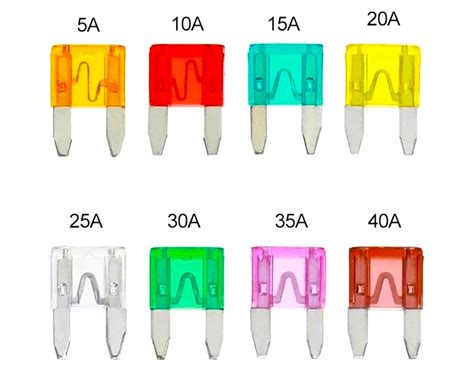Understanding Block Types in Bitcoin Core: Blocksonly vs Block-Relay-Only

When it comes to managing transactions on the Bitcoin network, understanding the nuances of block types is crucial to optimizing performance and ensuring data integrity. Two terms that are often used interchangeably are “blocksonly” and “block-relay-only,” both of which refer to a specific way of creating blocks in Bitcoin Core. In this article, we’ll delve into the differences between the two.
Blocksonly Blocks
A blocksonly (or relayed) block is a new block that contains all the transactions that have been added since the last block-only block. The main characteristic of a blocksonly block is that it includes all the transactions from the previous block, ensuring data consistency and integrity. When a block-only block is created, it essentially “locks” the state of the blockchain, making it difficult to tamper with or tamper with the data.
Here’s why block-only blocks are useful:
- They ensure data consistency: By including all transactions from the previous block, block-only blocks prevent rogue nodes from injecting malicious data into the network.
- They maintain data integrity: block-only blocks ensure that the blockchain remains accurate and up-to-date.
- They reduce transaction complexity: block-only blocks simplify the process of creating new blocks, eliminating the need for complex transactions.
Block-only relay blocks
On the other hand, a block-only relay (or relay) block is a new block that contains only one or more transactions. The main purpose of a block-only relay block is to allow nodes with incomplete data to catch up and synchronize their blocks with the rest of the network. By transmitting these incomplete blocks, they can ensure that all nodes have the same state of the blockchain.
Here’s why block-only relay blocks are useful:
- They provide node synchronization: Block-only relay blocks facilitate the process of synchronizing blocks between different nodes in the network.
- They improve performance: By transmitting incomplete data, block-only relay blocks can reduce transaction processing time and reduce downtime.
Key differences
In summary, the main differences between block-only and block-only relay blocks are as follows:
- Data integrity: Block-only ensures data consistency and accuracy, while block-only relay blocks guarantee that all nodes have the same state of the blockchain.
- Purpose: Block-only blocks contain all transactions from the previous block, while block-only relay blocks contain only one or more transactions.
In conclusion, it is important to understand the difference between block-only and block-only relay blocks in order to optimize performance and ensure data integrity in Bitcoin Core. By understanding these nuances, users can better navigate the complexity of the cryptocurrency network and take advantage of its benefits.